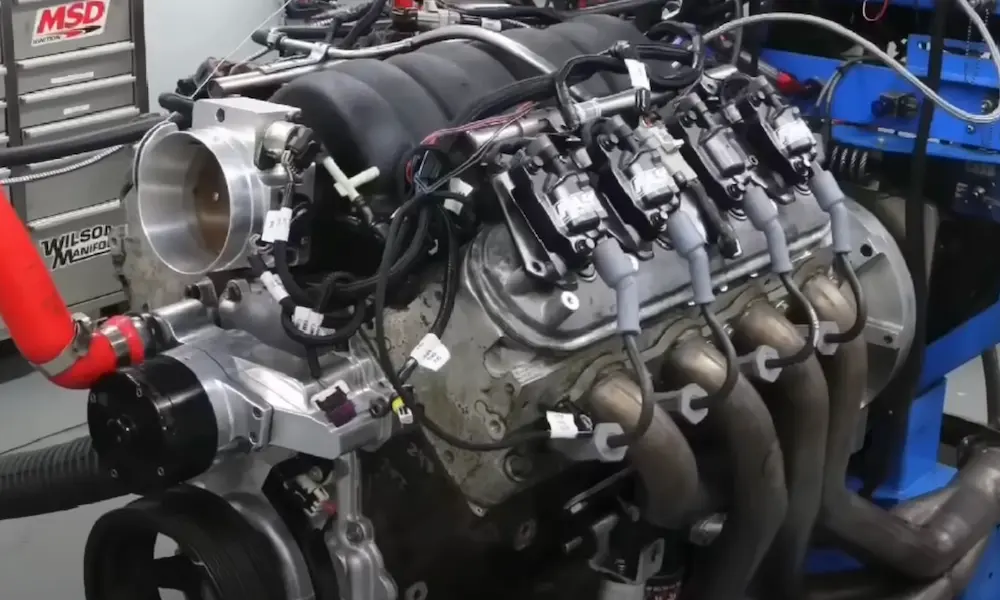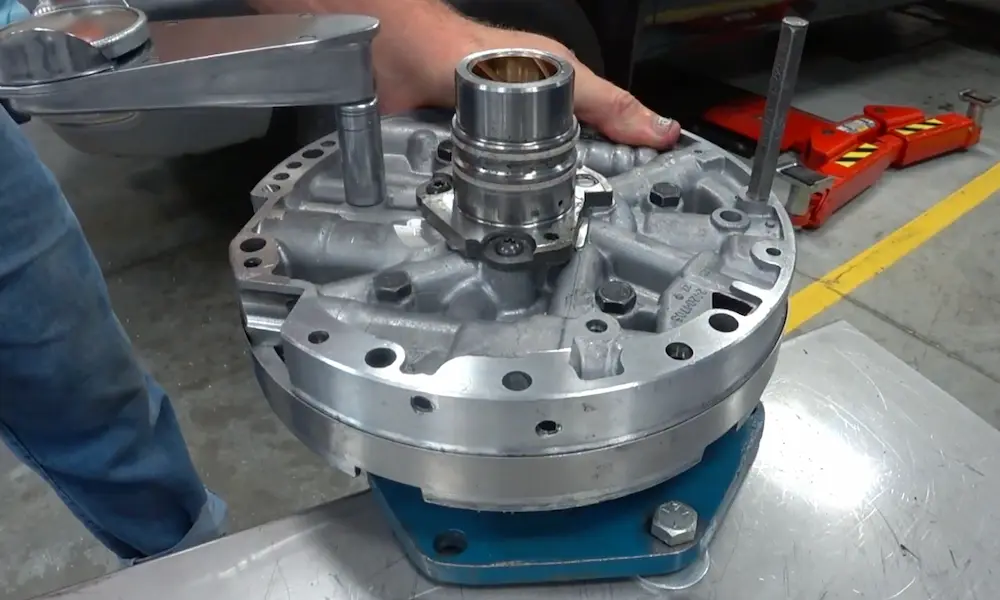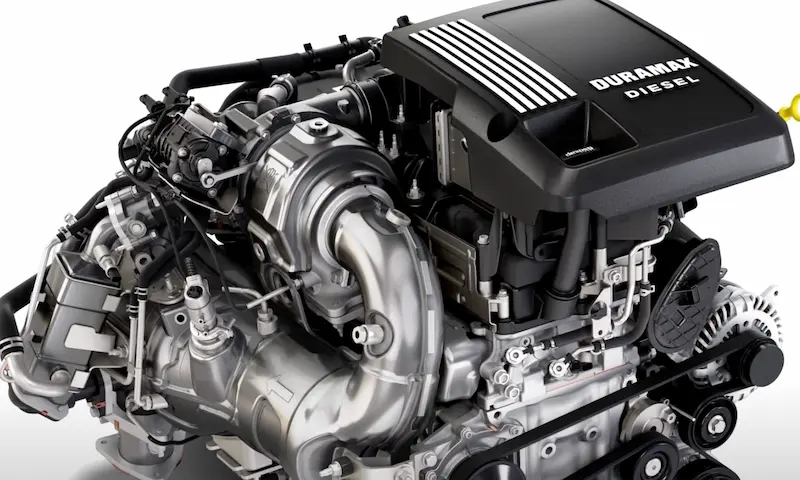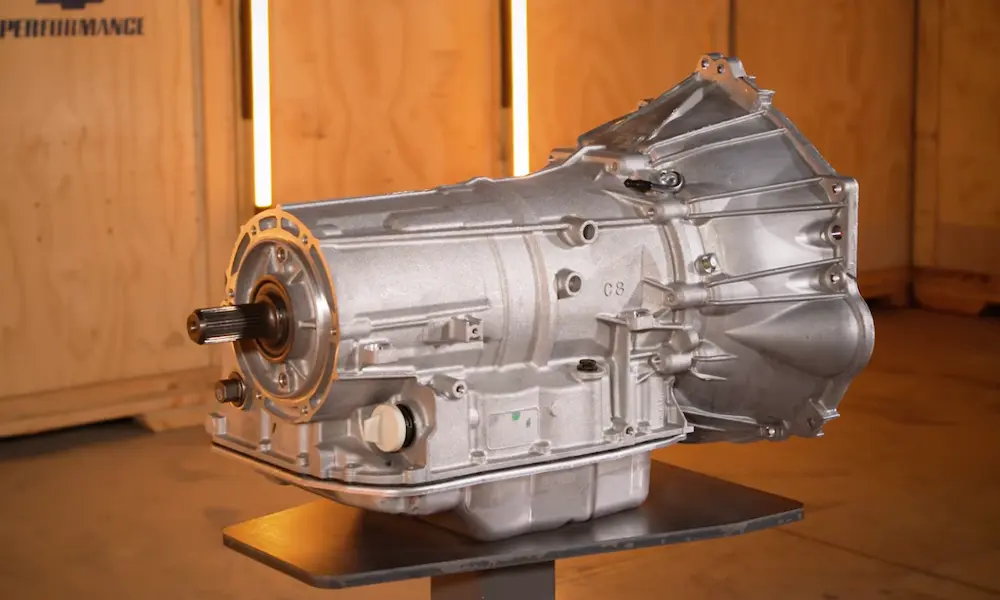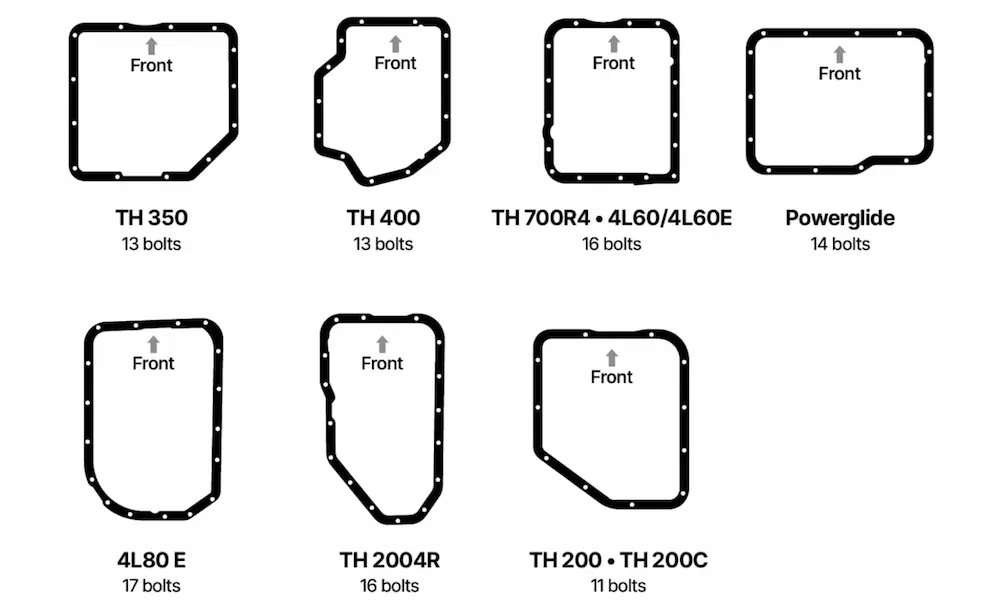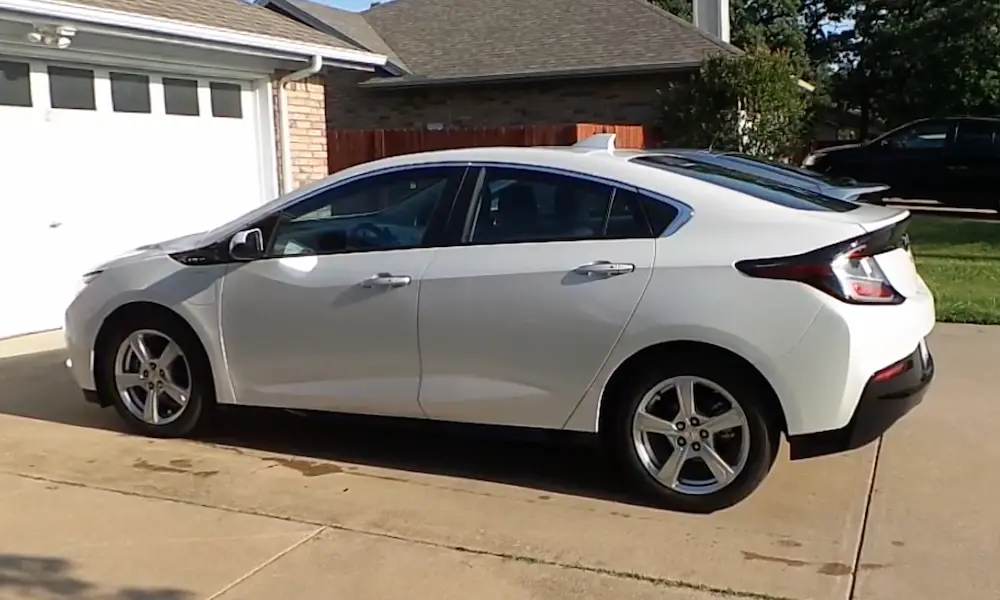Worried about that ticking sound coming from your L84 engine? You’re not staring down a minor issue—you’re facing one of the most talked-about reliability concerns in GM’s recent history.
The 5.3L L84 V8 engine powers thousands of Chevy Silverados and GMC Sierras built since 2019. While it delivers impressive fuel economy thanks to its Dynamic Fuel Management (DFM) system, this same technology has become the source of numerous headaches for owners.
Let’s dig into what’s really happening with these engines, why the problems occur, and what you can do if you’re already experiencing issues—or want to prevent them.
What Makes the L84 Engine Different?
The L84 is GM’s 5.3-liter V8 that debuted in the 2019 Chevrolet Silverado and GMC Sierra. What sets it apart from previous engines is its Dynamic Fuel Management (DFM) system.
Unlike the older Active Fuel Management (AFM) that could only switch between 4 or 8 cylinders, DFM can operate on anywhere from 1 to 8 cylinders depending on power needs. This sounds great for fuel economy, but this complexity comes at a cost.
The system uses special lifters with solenoid-controlled pins in all eight cylinders. When a cylinder deactivates, the pin disconnects the lifter, preventing the valve from opening. More moving parts means more things that can break—and break they do.
Common L84 Engine Problems and Warning Signs
1. Lifter Failures
The number one problem with the L84 engine is catastrophic lifter failure. When these complex lifters fail, they can either:
- Collapse completely, preventing the valve from opening
- Stick in the extended position, causing valve float or worse
The first sign is often a ticking noise from the valvetrain, but many owners report sudden, complete failures with no warning. When a lifter fails, it can lead to bent pushrods, damaged camshafts, or even punctured cylinder walls.
2. Oil Consumption Issues
Many L84 owners report excessive oil consumption—sometimes as much as 1 quart per 1,500-2,000 miles. This happens because:
- PCV system issues draw oil into the intake
- Piston ring wear from uneven cylinder pressures
- Oil starvation during DFM mode changes
If you’re checking your dipstick regularly (you should be) and notice frequent low readings, you might be dealing with this problem.
3. Carbon Buildup
The L84 uses direct injection, which improves efficiency but eliminates fuel washing over intake valves. This leads to carbon accumulation that can cause:
- Rough idle
- Power loss
- Stuck valves and lifters
- Failed emissions tests
Some owners report needing walnut blasting services as early as 60,000 miles to clean intake valves.
Why Do L84 Engine Problems Occur?
Several factors contribute to the L84’s reliability issues:
The DFM System’s Complexity
With 17 possible cylinder activation patterns, the L84’s DFM system cycles lifters far more frequently than the previous AFM system. This constant cycling puts tremendous strain on the lifters and their internal components.
The disconnect pins inside these lifters are tiny mechanical parts that must work flawlessly thousands of times per minute. When they fail, the results are catastrophic.
Oil System Vulnerabilities
The variable-displacement oil pump in the L84 can sometimes struggle to maintain proper oil pressure during rapid DFM mode changes. This momentary oil starvation accelerates wear on critical components.
Manufacturing Tolerances
Some failures correlate with engines produced during specific time periods, suggesting quality control issues. Engines built between September 2020 and March 2021 seem particularly prone to lifter failures.
How Widespread Are L84 Engine Problems?
It’s difficult to pin down exact numbers, but the evidence points to a significant issue:
- The NHTSA launched an investigation in 2023 covering 877,710 GM trucks with L84 and L87 engines
- This investigation cited 39 formal complaints and over 800 field reports
- Many failures occur under 20,000 miles (sometimes as low as 5,000-10,000 miles)
While GM sold approximately 1.2 million L84-equipped vehicles between 2019 and 2024, failure rates appear higher than industry norms. Forum discussions and repair databases suggest failure rates approaching 5% for 2019-2021 trucks.
This table shows how L84 failure patterns differ from previous engines:
| Engine Type | Typical Failure Mileage | Most Common Failure | Warning Signs |
|---|---|---|---|
| L83 (AFM) | 50,000-100,000 miles | Lifter wear | Gradual ticking noise |
| L84 (DFM) | 10,000-30,000 miles | Lifter collapse | Often no warning |
Real Solutions for L84 Engine Owners
If you own a vehicle with the L84 engine, here are practical steps you can take:
Preventative Measures
- Install a DFM Disabler: Devices like the Range AFM/DFM Delete Module prevent cylinder deactivation by keeping the engine in V8 mode. Many owners report this is the single most effective prevention method.
- Upgrade Your Oil Maintenance:
- Use full-synthetic oil with GM’s Dexos1 Gen 3 specification
- Change oil every 5,000 miles (not the 7,500+ in the manual)
- Install an oil catch can to reduce carbon buildup
- Driving Technique: You can temporarily disable DFM by shifting to manual mode and selecting 9th gear (L9) during highway driving. This is a lesser-known workaround that prevents cylinder deactivation.
If You’re Already Experiencing Issues
If your L84 is showing symptoms of lifter problems, don’t delay:
- Get it Diagnosed: A proper diagnosis might save you from catastrophic engine damage.
- Consider Permanent Solutions:
- Complete lifter replacement with non-DFM lifters
- Camshaft upgrade to non-DFM compatible version
- ECU modification to permanently disable DFM
These upgrades typically cost $3,000-$6,000, but can be cheaper than a full engine replacement which can run $7,000-$12,000.
L84 Engine vs. Other GM Engines
How does the L84 compare to other GM engines? Here’s a quick comparison:
| Engine | Years | Cylinder Deactivation | Common Issues | Reliability Rating |
|---|---|---|---|---|
| L83 5.3L | 2014-2018 | AFM (4/8 cylinders) | Oil consumption | Moderate |
| L84 5.3L | 2019-present | DFM (1-8 cylinders) | Lifter failures | Poor-to-Fair |
| L87 6.2L | 2019-present | DFM (1-8 cylinders) | Similar lifter issues | Poor-to-Fair |
| L86 6.2L | 2014-2018 | AFM (4/8 cylinders) | Fewer overall issues | Good |
Tips for Potential Buyers of L84-Equipped Vehicles
If you’re considering purchasing a vehicle with the L84 engine:
- Look for “DFM-Free” Models: Trucks built during the chip shortage (2021-2022) sometimes lack DFM chips and run in permanent V8 mode. These are less prone to lifter failures.
- Verify Service History: Check for prior lifter replacements or DFM modifications.
- Listen Carefully During the Test Drive: Pay attention to any ticking, knocking, or misfiring – especially during acceleration.
- Factor in Modification Costs: Budget for a DFM delete module at minimum if buying a stock vehicle.
- Consider Extended Warranties: Make sure lifter failures are specifically covered—many third-party warranties exclude them.
The Technical Side of L84 DFM Operation
For those interested in the mechanical details, here’s how the DFM system works:
When the ECU determines that full power isn’t needed, it selectively deactivates cylinders by:
- Cutting fuel to the cylinder
- Sending an electric signal to the lifter solenoid
- The solenoid retracts a pin inside the lifter
- This causes the lifter to “collapse” rather than push on the valve
- The valve remains closed during that cylinder’s normal firing cycle
This happens in milliseconds, with the engine constantly shifting between different cylinder patterns based on driving conditions. The system can switch dozens of times per minute, creating thousands of activation cycles in normal driving.
Understanding the Industry Response
GM has issued several technical service bulletins addressing L84 issues, but hasn’t initiated a full recall:
- TSB #19-NA-206: Updated lifter replacement procedures
- TSB #21-NA-199: Revised camshaft and lifter diagnostic steps
The NHTSA investigation is ongoing, and multiple class-action lawsuits have been filed alleging GM knew about the DFM defects prior to vehicle sales.
Some dealerships have become more proactive, with a few offering goodwill repairs even on vehicles slightly out of warranty.
The Future of L84 and DFM Technology
GM seems committed to cylinder deactivation technology despite the problems. The latest information suggests they’re working on:
- Improved lifter designs with more robust disconnect pins
- Software updates that reduce the frequency of cylinder pattern changes
- Enhanced oil delivery systems for better lubrication during mode shifts
For the current generation of L84 engines, these improvements come too late. But they may benefit future engine designs.
Taking Action Now
If you’re driving a 2019-2024 GM truck with the L84 engine, don’t wait for problems to develop:
- Install a DFM disabler before hitting 10,000 miles
- Start a strict oil change regimen using only GM-approved synthetics
- Document any symptoms immediately (video and audio are helpful)
- Join owner forums to stay updated on the latest developments and fixes
While the L84 has its flaws, understanding the problems and taking preventive action can help you avoid the worst outcomes and keep your truck running strong for years to come.




